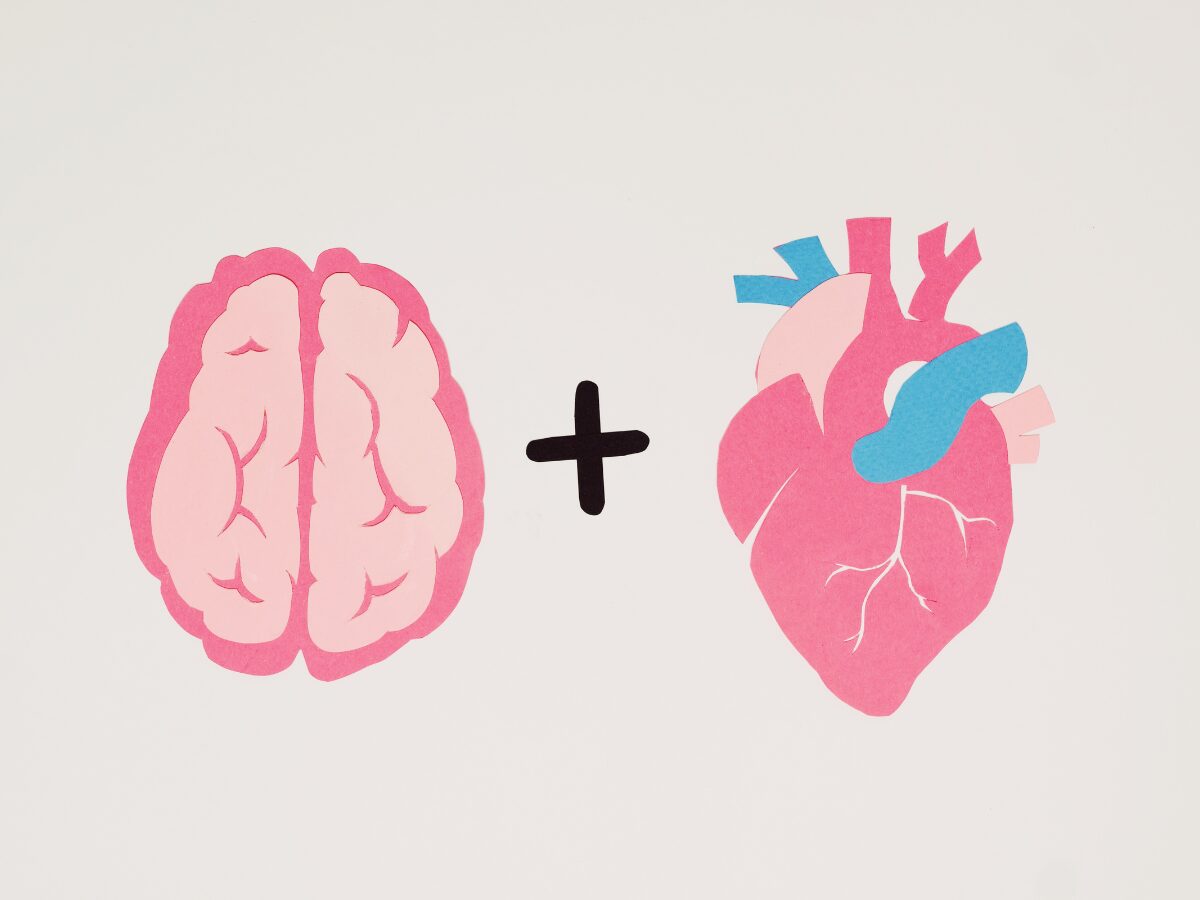Introduction
Recurring fights in relationships often stem from deeply rooted issues where logic and emotion intersect. While logic seeks to identify practical solutions, emotions bring personal experiences and feelings to the forefront. Balancing these two elements is essential for resolving persistent conflicts in a way that respects both partners’ perspectives.
This article explores why logic and emotion often clash during arguments, how to achieve harmony between the two, and actionable strategies to address recurring fights constructively.
Why Recurring Fights Persist
Emotional Residue From Past Conflicts
Unresolved emotions, such as frustration or hurt, can resurface in new disagreements, fueling recurring fights.
Conflicting Approaches to Problem-Solving
One partner may rely on logic, focusing on solutions, while the other may prioritise emotional validation, creating a disconnect.
Miscommunication and Assumptions
Misunderstandings or unspoken expectations can lead to repeated disagreements, especially if emotions aren’t fully addressed.
Rooted Differences in Values or Perspectives
Core differences in priorities, communication styles, or life goals may perpetuate recurring arguments.
The Role of Logic and Emotion in Fights
Logic: The Problem-Solving Mindset
- Strengths: Helps identify actionable solutions, clarifies facts, and removes ambiguity.
- Challenges: Can dismiss emotions or make one partner feel unheard if applied insensitively.
Emotion: The Personal Experience Lens
- Strengths: Highlights feelings, unmet needs, and the emotional impact of issues.
- Challenges: Can overwhelm logical problem-solving, leading to reactive or defensive responses.
Why Balance Is Key
Both logic and emotion are necessary for meaningful conflict resolution. Logic ensures practicality, while emotion fosters empathy and understanding.
How to Balance Logic and Emotion
Recognise the Role of Each
Acknowledge that logic and emotion play different but complementary roles in resolving conflicts.
Validate Emotions First
Addressing emotional concerns sets the stage for logical problem-solving.
Example: “I understand that you feel hurt because I forgot our plans—it wasn’t intentional, and I want to make it right.”
Use Logic to Guide Solutions
After addressing emotions, shift the conversation toward finding practical resolutions.
Example: “Let’s figure out how we can plan better next time to avoid this happening again.”
Avoid Overcorrection
Don’t rely solely on one approach; a logical solution without emotional consideration may feel hollow, while addressing emotions without actionable steps can leave issues unresolved.
Steps to Balance Logic and Emotion
Step 1: Start With Self-Awareness
Recognise your default response in conflicts. Do you lean more on logic or emotion?
Step 2: Acknowledge Your Partner’s Perspective
Understand whether your partner prioritises logic or emotion and adapt your approach accordingly.
Step 3: Establish a Safe Environment for Dialogue
Create a space where both partners feel comfortable expressing their feelings and ideas.
Step 4: Listen Actively and Empathetically
Allow your partner to share their emotions without interruption, then summarise their concerns to show understanding.
Example: “It sounds like you’re feeling unappreciated because of the way I handled that situation. Is that correct?”
Step 5: Break Down the Issue
Separate the emotional and practical aspects of the conflict to address them individually.
Example:
- Emotional: “I see that you’re upset about how we divide chores.”
- Logical: “Let’s discuss how we can adjust our schedule to make it fair.”
Step 6: Collaborate on Solutions
Work together to find resolutions that satisfy both emotional and practical needs.
Techniques for Logical and Emotional Harmony
Use “I” Statements
Frame your concerns in a way that avoids blame and invites dialogue.
Example: “I feel stressed when plans change suddenly—I’d like to discuss how we can manage that better.”
Practice Emotional Regulation
Before addressing a recurring fight, ensure you’re in a calm and composed state.
Seek Compromise
Find a middle ground that considers both partners’ emotions and the logical requirements of the situation.
Set Clear Goals for the Conversation
Determine what you hope to achieve from the discussion, whether it’s emotional validation, a practical solution, or both.
How to Handle Emotional Overwhelm
Pause if Needed
If emotions become too intense, agree to take a break and revisit the conversation later.
Example: “I’m feeling overwhelmed—can we take a moment to regroup and continue this later?”
Acknowledge Each Other’s Feelings
Reassure your partner that their emotions are valid, even if you don’t fully understand them.
Example: “I see that this is really important to you, and I want to understand it better.”
Focus on Understanding, Not Fixing
Sometimes, your partner may simply need to feel heard rather than immediately solve the problem.
Benefits of Balancing Logic and Emotion
Deeper Emotional Intimacy
Addressing emotions strengthens trust and connection in the relationship.
Practical Problem-Solving
Incorporating logic ensures that issues are resolved effectively and sustainably.
Reduced Conflict Frequency
Balancing both approaches prevents recurring fights by addressing both the emotional and practical root causes.
Enhanced Mutual Respect
Recognising each other’s perspectives fosters empathy and collaboration.
When to Seek Help Balancing Logic and Emotion
Persistent Misalignment
If recurring fights continue despite your best efforts, consider seeking couples therapy for guidance.
Struggles With Emotional Regulation
A therapist can help both partners develop tools to manage emotions constructively.
Difficulty Finding Common Ground
External support may be necessary to bridge significant gaps in perspectives or communication styles.
Conclusion
Balancing logic and emotion is essential for breaking the cycle of recurring fights in a relationship. By validating each other’s feelings and working together on practical solutions, you can address both the emotional and logical dimensions of conflict.
With patience, empathy, and intentional effort, balancing these approaches transforms recurring arguments into opportunities for growth and deeper connection, paving the way for a healthier and more harmonious relationship.
References
- When Your Logic and Emotions Don’t Line Up – Coaching Founder


